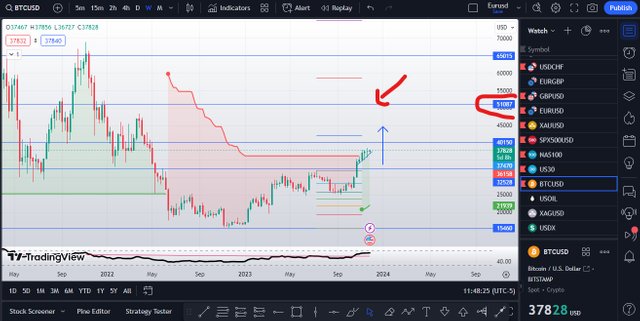Bitcoin is a decentralized digital currency that was created in 2009 by an anonymous person or group of people using the pseudonym Satoshi Nakamoto. It marked the beginning of cryptocurrency as we know it today. Here's a brief overview of Bitcoin's history:
Creation of Bitcoin: The Bitcoin whitepaper titled "Bitcoin: A Peer-to-Peer Electronic Cash System" was published by Satoshi Nakamoto in October 2008. In January 2009, the Bitcoin network came into existence with the mining of the first block, known as the Genesis Block.
Early Days: In the early days, Bitcoin gained traction among a niche community of cryptography enthusiasts and technologists. The first real-world Bitcoin transaction occurred in 2010 when a programmer named Laszlo Hanyecz famously purchased two pizzas for 10,000 bitcoins.
Growing Popularity: Over time, Bitcoin started gaining wider recognition and adoption. More merchants and businesses began accepting Bitcoin as a form of payment. The price of Bitcoin remained relatively low in the early years, with occasional spikes and crashes.
Mt. Gox and Price Volatility: Mt. Gox, a Bitcoin exchange based in Japan, played a significant role in Bitcoin's early history. It became the largest Bitcoin exchange, handling the majority of Bitcoin transactions. However, in 2014, Mt. Gox suffered a massive security breach and lost a significant amount of Bitcoin, leading to its eventual bankruptcy. This event highlighted the need for better security measures in the cryptocurrency space.
Mainstream Recognition: In 2017, Bitcoin gained significant mainstream attention as its price experienced a dramatic surge. The price reached an all-time high of nearly $20,000 per bitcoin in December 2017. This led to a surge of public interest in cryptocurrencies and sparked a broader market rally.
Regulatory Developments: As Bitcoin and other cryptocurrencies gained prominence, governments and regulatory bodies started taking notice. Various countries implemented regulations to govern cryptocurrency exchanges and Initial Coin Offerings (ICOs). The regulatory landscape continues to evolve, with different countries adopting different approaches.
Market Maturity: In the years following the 2017 price surge, Bitcoin's price experienced significant volatility, with periods of both growth and decline. However, it also gained recognition as a legitimate investment asset class. Traditional financial institutions, such as banks and hedge funds, started entering the cryptocurrency market.
Bitcoin's journey has been marked by technological advancements, market developments, and evolving public perception. It continues to be a subject of interest and study as the cryptocurrency landscape evolves.
And the technicals are showing us that bitcoin could reach $50,000 soon.
